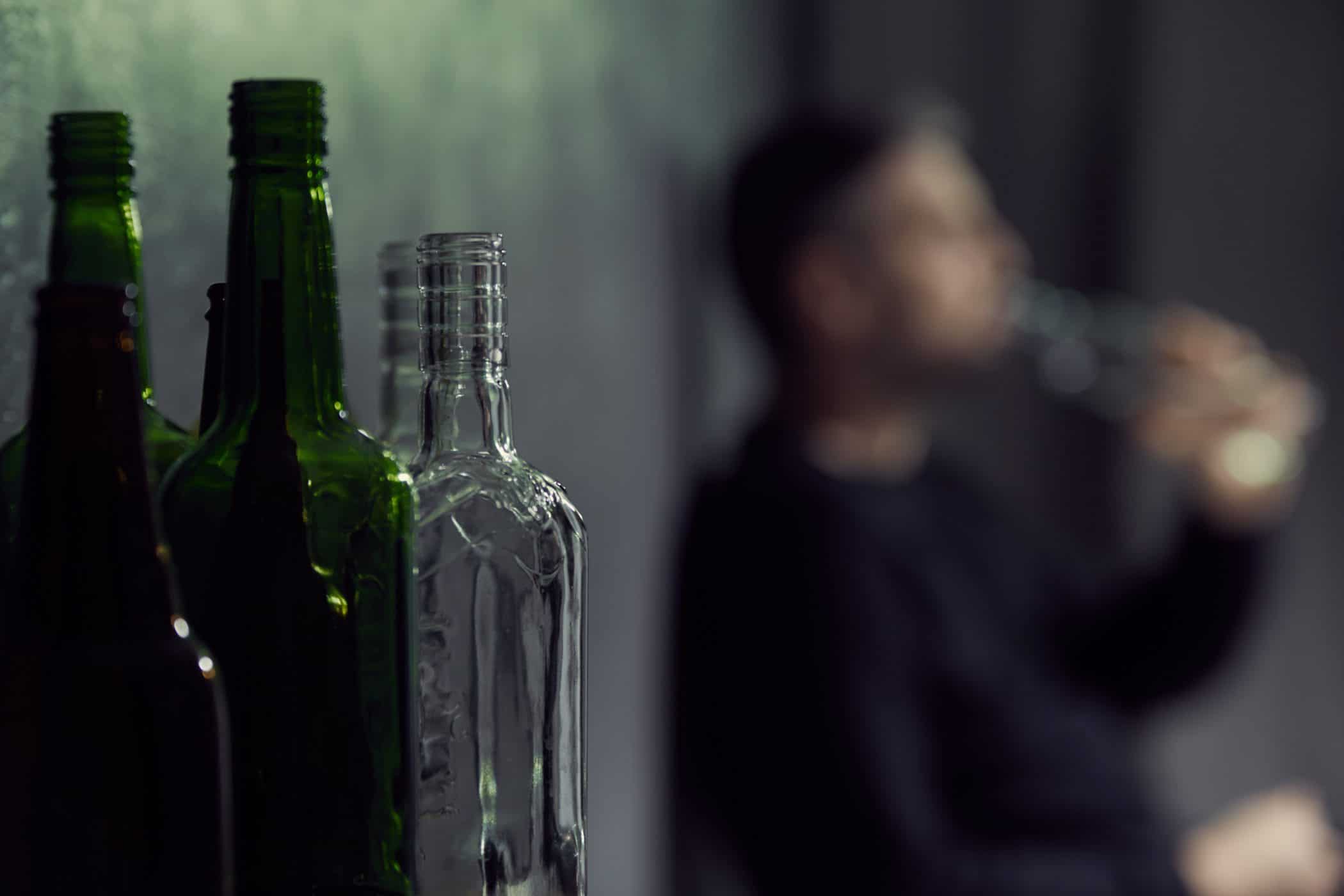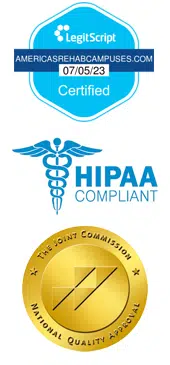 The idea of going through the process of drug or alcohol rehab is a dream for some but a nightmare for others. Many hopeful problem users want to get clean but don’t think they have the strength, while others would rather stay addicted than go through the sometimes devastating withdrawal symptoms.
The idea of going through the process of drug or alcohol rehab is a dream for some but a nightmare for others. Many hopeful problem users want to get clean but don’t think they have the strength, while others would rather stay addicted than go through the sometimes devastating withdrawal symptoms.
Our approach to new clients seeking rehab at ARC is to work through the intake process together and show them exactly what the process will look like and entail. By creating the proper image of what rehab is, it suddenly isn’t as overwhelming of a task as it once felt like.
So How Long Does the Task Actually Take?
Drug or alcohol rehab starts the day a user decides not to partake. We don’t just mean this metaphorically, the withdrawal process begins once the substance is no longer active in your system. These withdrawals impact a user both physically and psychologically and the symptoms, while often severe, aren’t life-threatening in most cases.
Withdrawal will last for a similar amount of time for those suffering from alcohol addiction, usually no more than 72 hours before the impacts start to fade. During this time most patients will experience:
- Excessive Sweating
- Anxiety
- Trouble Concentrating
- Insomnia
- Nausea
Some patients will also experience hallucinations in more extreme cases. The detox is the shortest part of the journey to full rehabilitation, but it can be the most intense as well. Thankfully the rest of the treatment period is focused on healing and beating addiction.
Drug detox differs in that the type of drug used can have different withdrawal symptoms depending on the areas of the brain impacted and what chemicals the drug provides as the body will stop producing said chemical on its own.
From Detox to Treatment
Drug or alcohol addiction treatment requires commitment and a willingness to put in the time and effort required to succeed. Studies have found that most treatment plans that go for less than 90 days see much less effectiveness in maintaining long-term sobriety. As such, our rehab programs offer flexibility to match your needs with a plan that allows you to maintain a work and home life if possible.
One of the most common treatment options is inpatient rehab as it provides 24/7 medical supervision to make the user as comfortable and safe as possible during the detox process. Transitioning from an easier detox to therapy and behavioral treatment makes being open to the idea of continued rehab much more manageable.
It Doesn’t End At Treatment
Going through the fight against addiction isn’t as simple as beating it once. After the first round, drug and alcohol addiction will still try to influence and take control of a user’s life once more. Addiction is not curable, it takes a lifelong commitment to being sober and free.
That being said, no one is left to fight alone post-rehab with our network of aftercare specialists. Everything from continued therapy to additional group programs that you can join to motivate each other along the way. If you’re ready to get started, we encourage you to reach out to us today for a private consultation.

